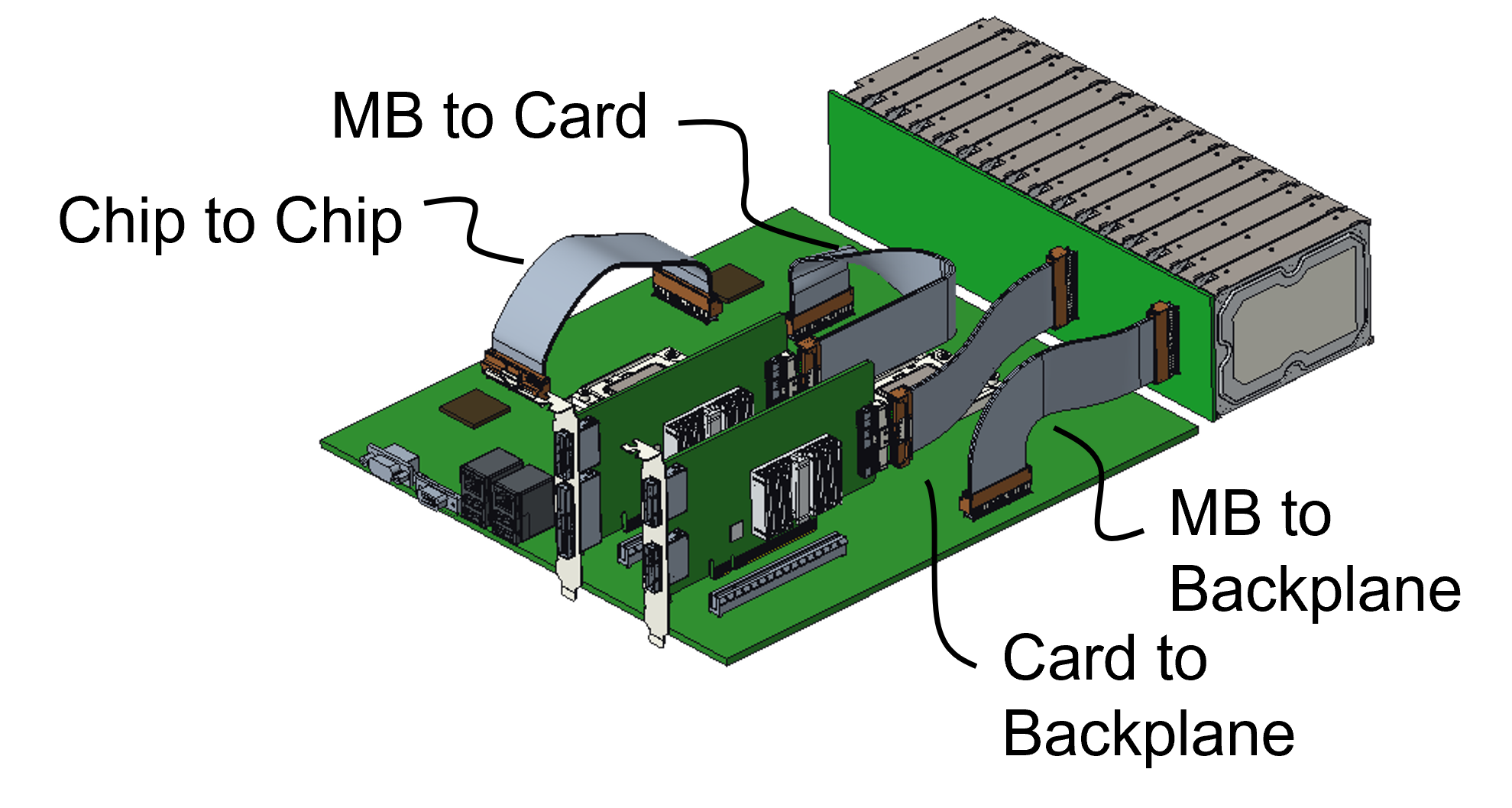PCI-SIG targets 256GT/s with the PCIe 8.0 bus protocol
 Thursday, October 23, 2025 at 10:50AM
Thursday, October 23, 2025 at 10:50AM Next-generation PCIe doubles lane speed again, but design challenges mount as AI reshapes interconnect needs.
The Peripheral Component Interconnect Special Interest Group (PCI-SIG), a 1,000-plus-member organisation that oversees the specification work of the long-established PCI Express (PCIe) bus used across industries, is progressing to specify the next version of the standard.
 Source: PCI-SIG
Source: PCI-SIG
Dubbed PCIe 8.0, the newest standard will double the bus's speed per lane to 256 giga-transfers per second (GT/s), twice the transfer rate of the PCIe 7.0 standard ratified in June. First PCIe 7.0-based products are expected next year.
In the data centre, PCIe is used by general-purpose processors in servers and AI accelerator clusters, connecting processors to storage and network interface cards (see chart above).
 Al Yanes,
Al Yanes,  Bob Wheeler,
Bob Wheeler,  OpenAI,
OpenAI,  PCI-SIG,
PCI-SIG,  PCIe 7.0,
PCIe 7.0,  PCIe 8.0 in
PCIe 8.0 in  artificial intelligence
artificial intelligence  Print Article
Print Article 



